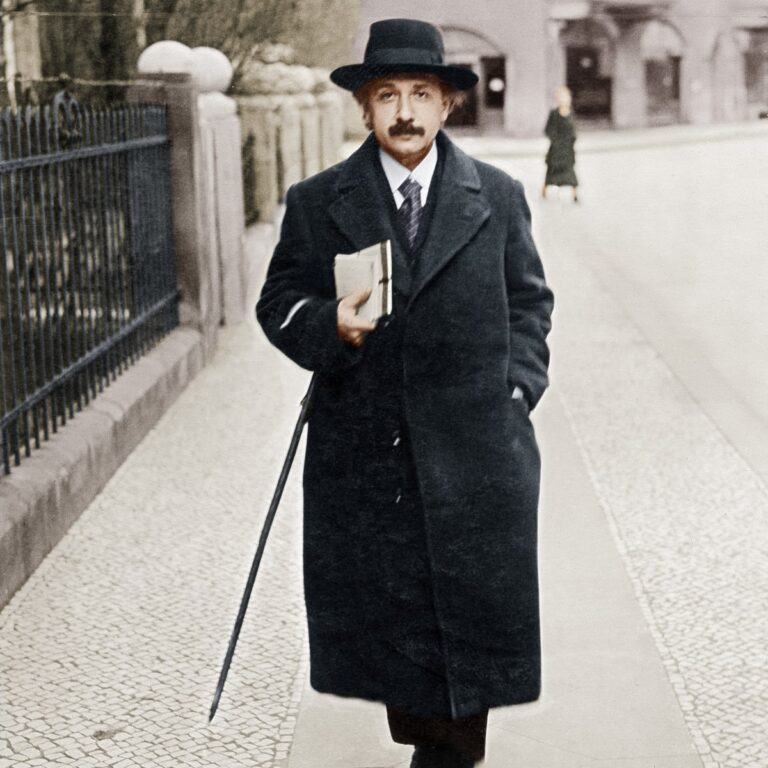Disproportionate Impact: Australia generates 10% of the global quantum workforce despite representing only 0.3% of the world's population.
Research Strength: The nation ranks fifth in workforce size and sixth in citation impact for quantum physics papers.
Economic Potential: Projections show 19,400 quantum jobs by 2045, adding nearly $6 billion to the economy.
Imagine a country with a tiny fraction of the global population shaping an entire high-tech field. Australia’s quantum workforce exemplifies this reality, as the nation has built a formidable presence in quantum technologies. PsiQuantum Australia, asserts Australia has created 10% of the quantum workforce though has only .3% of the world's population. This bold contribution stems from decades of focused investments and academic excellence, drawing international attention and partnerships.
On August 19, 2025, PsiQuantum posted to LinkedIn this assertion: “Australia represents 0.3% of the world’s population, yet it has produced 10% of the global quantum workforce.” Seems like a proud and bold statement, almost to the point unbelievable. So in reading this claim on LinkedIn, I set The Qubit Report staff to pull together evidence supporting the assertion. Here’s what we found.
— Robert Clifford,TQR
Who drives this surge? Australian universities and research centers lead the charge, with 26+ organizations dedicated to quantum studies, including six Australian Research Council (ARC) Centres of Excellence. For instance, institutions such as the University of Sydney and the Australian National University host labs where scientists conduct quantum research.
When did this momentum build? It accelerated in the early 2000s with government funding, culminating in the 2023 National Quantum Strategy outlining ambitions for Australian leadership by 2030. Where does it happen? Primarily in hubs like Sydney, Brisbane, and Melbourne, home to 38 quantum businesses operating locally.
Why does Australia excel here? Strategic policies and natural advantages play key roles; the country captures 3.6% of global venture capital in quantum firms, far exceeding its population share. Additionally, Australia's stable environment attracts talent from abroad, boosting local expertise.
How does this occur? Through initiatives that fund PhD programs and foster industry-academia ties, ensuring a steady talent pipeline. Reflecting high-quality output, the nation ranks 11th among Organisation for Economic Co-operation and Development (OECD) countries for quantum physics papers and sixth for their citation impact.
Building a Robust Ecosystem
Australia's quantum ecosystem thrives on collaboration between government, academia, and private sectors. For example, the Commonwealth Scientific and Industrial Research Organisation (CSIRO) forecasts quantum technologies could yield 8,700 jobs by 2030, expanding to 19,400 by 2045. These roles span computing, sensing, and communications, with computing alone accounting for 12,700 positions in the longer term. Because of this growth, economic contributions may reach $6 billion annually by mid-century.
"Australia represents 0.3% of the world’s population, yet it has produced 10% of the global quantum workforce."
— PsiQuantum Australia, LinkedIn post August 19, 2025
In contrast to its modest population, Australia holds the fifth-largest quantum workforce globally, underscoring its efficiency in talent cultivation. International firms, ie PsiQuantum, recognize this potential. PsiQuantum partners with Australian entities to construct the world's first fault-tolerant quantum computer in Brisbane, leveraging local Aussie skills.
However, sustaining the skills momentum requires ongoing education reforms to meet demand for specialized skills. Investments such as the $940 million from the government solidify Australia's position. The Australia quantum workforce also shines in research output. Despite its size, the country contributes over 4% of global quantum publications, a remarkable feat that aligns with PsiQuantum's assessment. This high per-capita productivity draws comparisons to other small nations recognized for leading in niche tech areas.
Future Prospects and Challenges
Looking ahead, Australia aims to double its tech jobs to 1.2 million by 2030, incorporating quantum roles. Yet, global competition intensifies, with China and the U.S. pouring billions into similar efforts. For Australia to maintain its edge, policymakers must prioritize immigration for experts and international collaborations. Because quantum applications promise solutions in drug discovery, optimization, and secure communications, the stakes remain high.
In summary, Australia's quantum story inspires, showing how targeted efforts yield outsized results. As PsiQuantum notes, this small nation stamps a large footprint in a vital domain. Organizations interested in quantum should consider partnering with Australian talent to tap into this dynamic pool.


